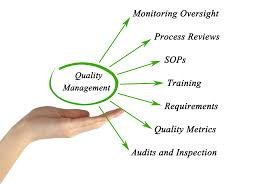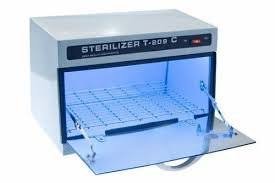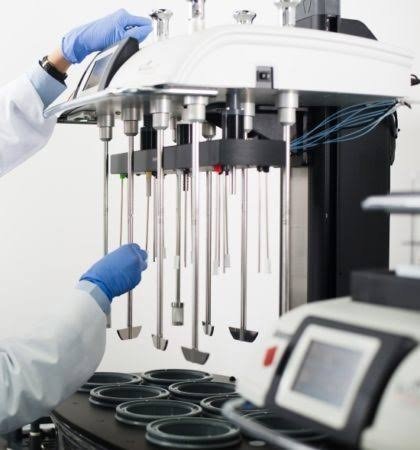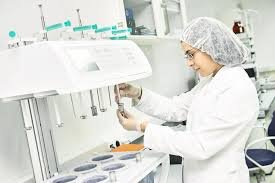
by Dr. Yashashwini Reddy | Aug 18, 2025
Quality System in Pharmaceuticals A Quality System in pharmaceuticals is the framework that ensures drugs are consistently developed, manufactured, tested, and distributed in compliance with Good Manufacturing Practices (GMP), regulatory requirements, and patient...

by Dr. Yashashwini Reddy | Aug 11, 2025
UV Cabinet Calibration in Pharmaceuticals 1. Introduction A UV Cabinet (also called a UV viewing cabinet or UV inspection chamber) is used in pharmaceutical laboratories for visual inspection of materials—especially for thin-layer chromatography (TLC) plates,...

by Dr. Yashashwini Reddy | Aug 10, 2025
Why Dissolution Test Apparatus Calibration with Salicylic Acid Tablets was Stopped Historically, salicylic acid tablets were used as calibration standards for dissolution test apparatus (mainly USP Apparatus 1 & 2) to check performance. However, this practice was...

by Dr. Yashashwini Reddy | Aug 9, 2025
Limitations in Dissolution Testing Poor In-Vivo Correlation (IVIVC) Dissolution data may not accurately predict drug release in the human body due to complex gastrointestinal (GI) conditions. Single-Media Testing Conventional USP tests often use only one dissolution...

by Dr. Yashashwini Reddy | Aug 9, 2025
Working Principle of a pH Meter Definition A pH meter is an analytical instrument used to measure the hydrogen ion concentration ([H⁺]) in a solution, expressing it as pH (potential of hydrogen). Principle A pH meter works on the electrochemical principle of measuring...







